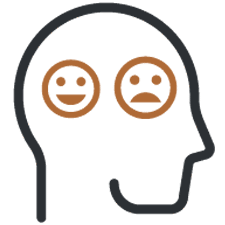Ambien (zolpidem) is a widely prescribed medication known for helping people fall asleep, offering relief to countless adults dealing with insomnia. In fact, the National Health Interview Survey reported that in 2020, 8.4% of adults used sleep medication in the past 30 days—either daily or most days—to help them fall or stay asleep.
What many don’t realize, however, is that long-term use of sleeping pills like Ambien can lead to physical dependence and even addiction. In this comprehensive guide, we’ll explore every aspect of Ambien withdrawal and detox, giving you the insights you need to understand the process safely.

